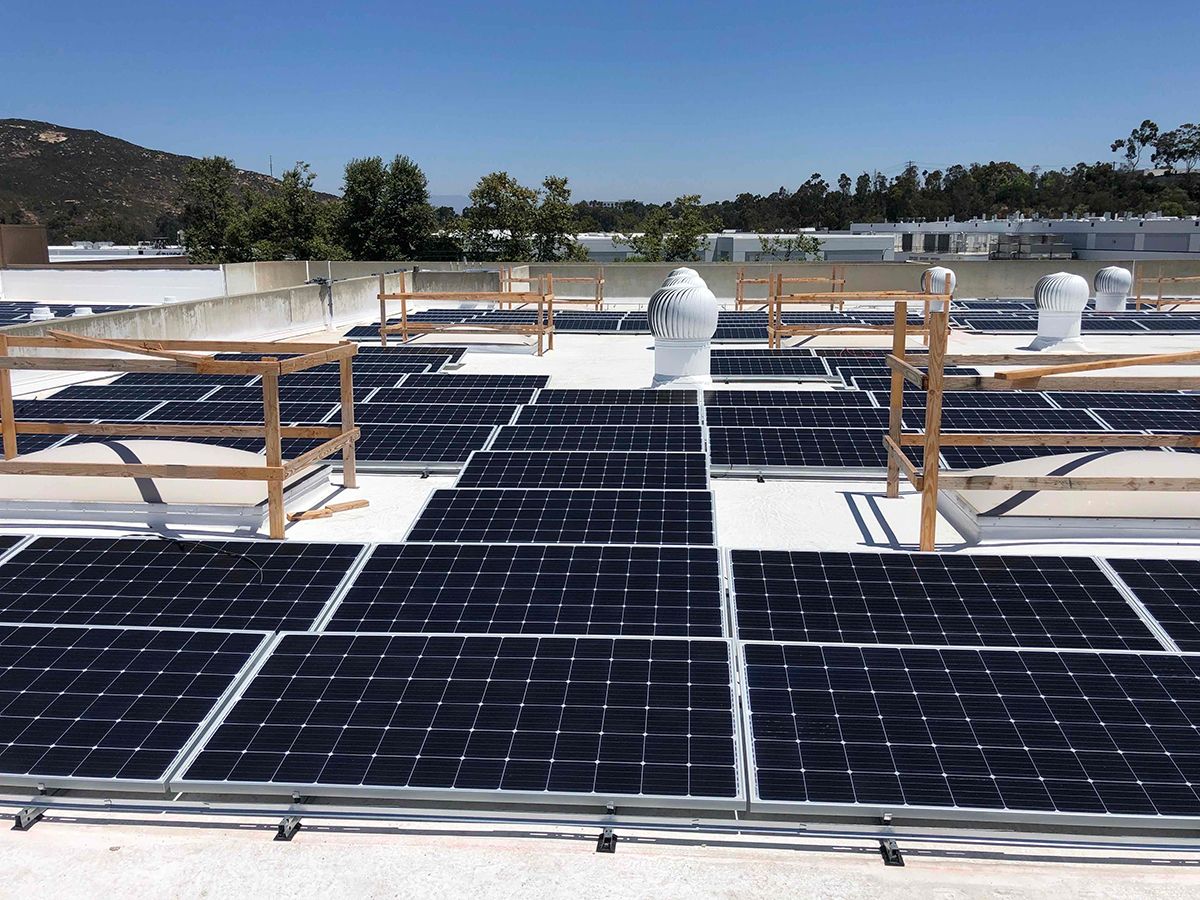

Sign In
Welcome! Sign In to personalize your Cat.com experience
If you already have an existing account with another Cat App, you can use the same account to sign in here
Register Now
One Account. All of Cat.
Your Caterpillar account is the single account you use to log in to select services and applications we offer. Shop for parts and machines online, manage your fleet, go mobile, and more.
Account Information
Site Settings
Security
Renewable and Alternative Fuels For Use in Diesel Engines
ABSTRACT
A number of renewable and alternative fuels can be used as drop-in replacements for diesel fuel. These fuels must meet the specifications and characteristics described below in order to be used in Cat® engines and reduce the risk of downtime.
INTRODUCTION
Renewable fuels are derived from renewable resources such as planted crops (soy, palm, rapeseed, etc.), used cooking oil, animal fat, biomass, algae, and others. Renewable fuels reduce the carbon footprint of diesel engines on a Life Cycle Analysis basis. Renewable fuels that are derived from fats and oils may be processed through hydrotreating. The result is a high paraffinic renewable diesel (RD), also called hydrotreated vegetable oil (HVO), that can be used in diesel engines.
Biomass and syn gas, which can be produced from methane gas and gas-to-liquid (GTL), can be converted into renewable fuel through various processes and is typically called biomass-to-liquid (BTL). BTL, GTL and HHVO have the same chemistry and performance specifications, and all can be used in diesel engines.
Guidelines
Note that alternative and renewable fuels covered in this paper are different than biodiesel fuel, which is covered in other publications.
In order to be applicable for Cat® diesel engines, Caterpillar recommends that renewable and alternative fuels meet the latest version of any of the following specifications:
- EN15940, which defines quality requirements for BTL, GTL and HVO. This is the preferred specification for renewable and alternative fuels covered in this paper.
- ASTM D975, which is the specification for diesel fuel in the United States.
- EN 590, except for its density provisions. This is the specification for diesel fuel in Europe.
- The Cat Diesel Fuel Specification, except for its density provisions.
Renewable and alternative fuels that meet the requirements listed above can be used at:
- 100 percent (may be called RD100, HVO100, or GTL 100);
- Any blend level with diesel fuel;
- Any blend level with biodiesel fuel; and
- Any blend level with a combination of biodiesel and diesel fuels.
Renewable and alternative fuels are typically paraffinic hydrocarbons, which are included in a subset of diesel fuel composition. Hence these fuels, whether at 100% or blended, can be used as drop-in replacements for diesel fuel. These fuels have many benefits:
- HVO / RD fuels are renewable, which can reduce the carbon footprint or Greenhouse Gas (GHG) impact of the engine.
- They have a high cetane number.
- They can be formulated to provide low temperature capability. Consult with your supplier to ensure the fuel meets the ambient temperature requirements of the application.
- They can reduce the emissions of certain products of incomplete combustion, such as unburned hydrocarbons (UHC), soot, and carbon monoxide (CO). They may also reduce NOx emissions under certain engine loads and cycles.
Here are Caterpillar’s guidance and potential impacts for the use of renewable and alternative fuels according to the specifications detailed above:
- No specific engine conversion process is needed when these fuels are used for the first time or thereafter.
- These fuels may reduce the power output of engines due to their low density. Up to a 5% reduction may be noted at 100%.
- They are compatible with aftertreatment technologies such as DPF, DOC and SCR, and they can be used on engines that meet Tier 4, Stage V, and similar advanced emission standards.
- They are compatible with filters and engine oils used with typical diesel fuels. No impact on maintenance intervals is expected. In general, it is recommended that oil drain intervals are based on oil analysis.
- They are compatible with elastomeric materials and hoses used on most modern engines. Certain elastomers used in older engines, such as those manufactured prior to the early 1990s, may not be compatible with the new alternative fuels. Refer to your Cat dealer for guidance.
- They can be stored in the same tanks used for diesel fuel, and they have a similar aging life as diesel fuel.
- As with all fuels, renewable and alternative fuels have to be managed to reduce contamination and water ingress.
- Standard warranty is not impacted with the use of renewable and alternative fuels that meet recommended specifications.
- EPA emissions certifications are not impacted with the use of renewable and alternative fuels that meet recommended specifications; refer to your local and state regulations for site requirements.
Summary
The use of fuels with low carbon footprints supports Caterpillar's sustainability initiatives. Caterpillar is continuously following the development of renewable and alternative fuels, and is involved in the development of appropriate specifications to ensure the successful application of these fuels in Cat engines.


